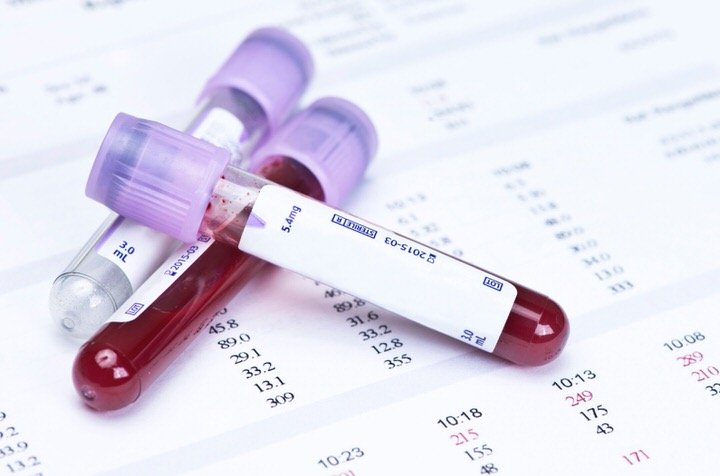Are you going to have a triglyceride test? It is a very important blood test, useful to know our level of triglycerides in the blood. Discover your normal values, why this analysis is carried out and at what level we have high triglycerides.

As we have explained to you in previous Natural articles, triglycerides are a natural enzyme that is responsible for releasing all the energy necessary to carry out all the vital processes within our body in a normal way.
However, the problem comes when we have high triglycerides; that is, when triglyceride levels skyrocket due to the massive intake of saturated fats, industrial pastries or excessive consumption of spirituous beverages with a high degree of alcohol such as rum, whiskey, gin or vodka.
This entire situation can later lead to conditions such as diabetes or obesity that can have fatal consequences for our cardiovascular health and that can translate into other more serious diseases such as hypertension or myocardial infarction.
After this, surely many of you will ask yourselves: what can we do to reduce high triglycerides in our entire body? Then we will give you a series of tips that you can carry out in your daily routine:
- Eat a healthy and balanced diet. It is strongly recommended to increase the consumption of oily fish, vegetables and the most varied fruits to definitively say goodbye to high triglycerides.
- Reduce the consumption of alcohol and tobacco. As many of you know, these two substances are the most harmful to our health and in fact they are also closely related to the increase in triglycerides in the blood.
- Exercise daily for 30 min. If we spend a couple of days a week jogging or cycling, we will surely also reduce triglyceride levels along with bad cholesterol (LDL), which can also be the most harmful to our health.
What is the triglyceride test?
As you probably know, triglyceride screening is a blood test that measures the amount of triglycerides present in the bloodstream.
As we have already mentioned, triglycerides are a type of fat that our body produces (some types), while the rest comes from the food we eat every day.
The calories that we obtain through food, and that are left over, are converted into triglycerides, being stored in the different adipocytes so that our body can use them later when needed.
This means that the more calories we consume than our body needs, the higher the triglyceride level will be. Therefore, the value of triglycerides depends above all on our diet.
How is a triglyceride test performed?
The symptoms that show that triglyceride levels have skyrocketed are usually the most noticeable. In the first place, it is very normal for the person in question to gain weight considerably and all the fat accumulates in the entire area of the buttocks and abdomen. It is also very common for fluid retention to occur in one of the extremities.
For its part, it is possible in women to appear all kinds of warts in the armpit area and on the neck. While hair can also fall out around the entire scalp. Finally, due to high triglycerides, men may suffer from insomnia and severe headaches.
In short, before the appearance of any of these symptoms, it is very important to contact our nearest doctor so that they can take a blood sample from the inside of the elbow or the back of the hand.
Normal triglyceride values
It is recommended to always go fasting in the morning without having eaten anything in the past 10 hours. Once the test is done, it will only be necessary to wait a few days to know exactly if we suffer from high triglycerides. Although first of all, a series of aspects must be taken into account:
- The correct level of triglycerides in the blood is 150mg/LD. Although those who suffer from heart conditions, diabetes or hypertension should not exceed 100mg / LD.
- In addition, those values between 200 and 499 mg/ld. are considered high levels.
On the other hand, we must bear in mind that from a medical point of view the results obtained from the triglyceride blood test will in turn help to calculate the LDL cholesterol level.
The weight, sex and age of the patient must be taken into account in order to carry out a much more exhaustive examination and achieve more accurate results.





























